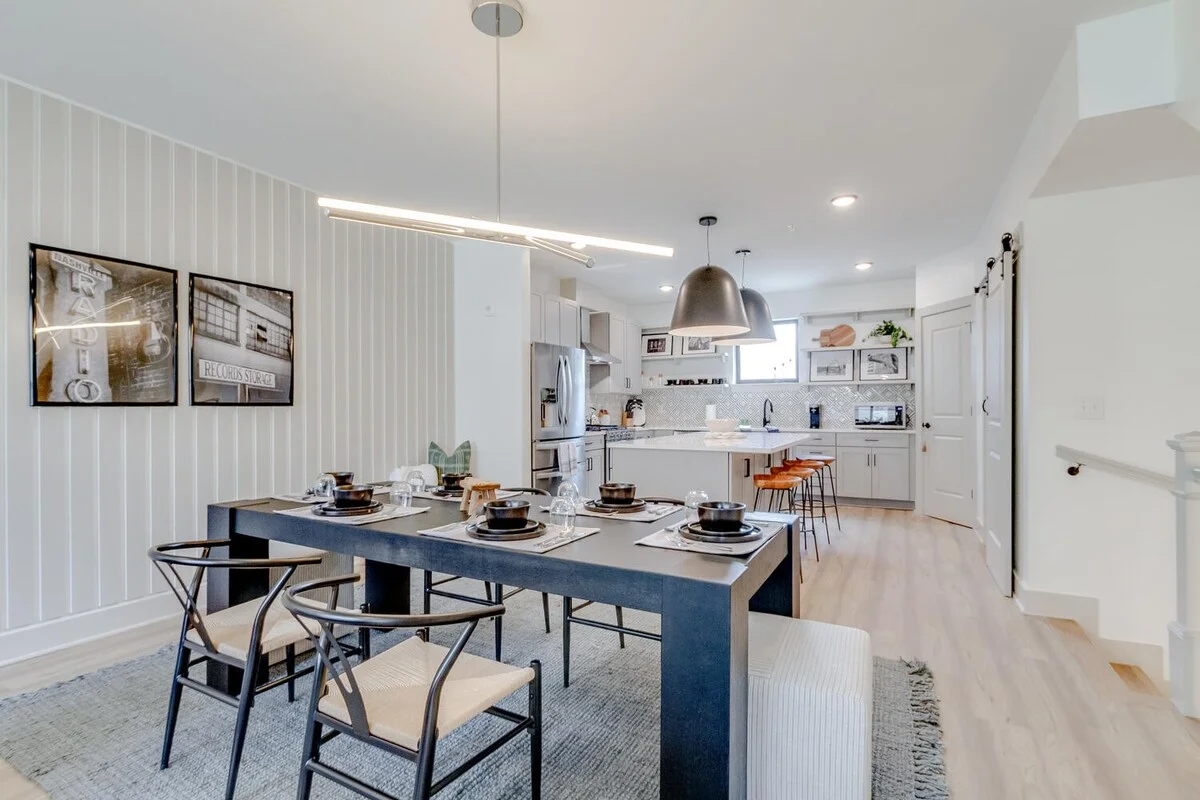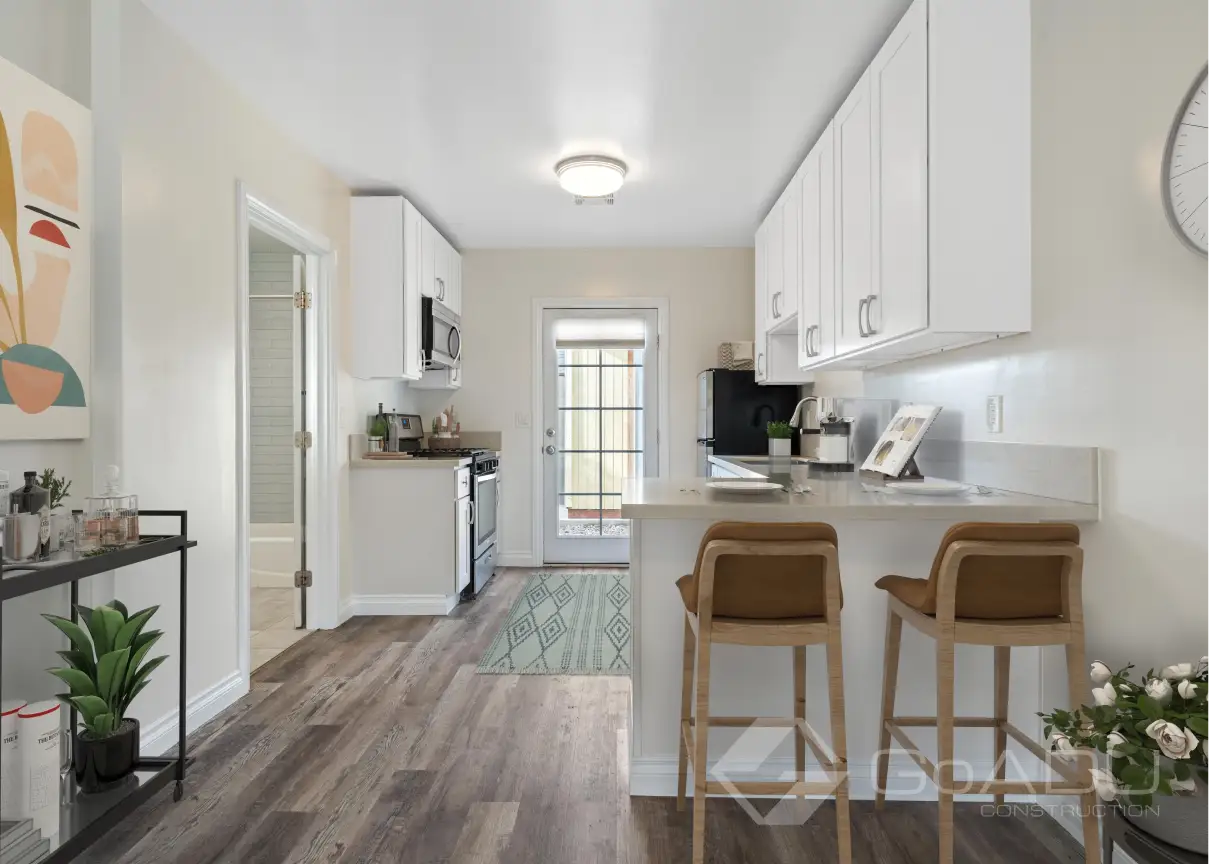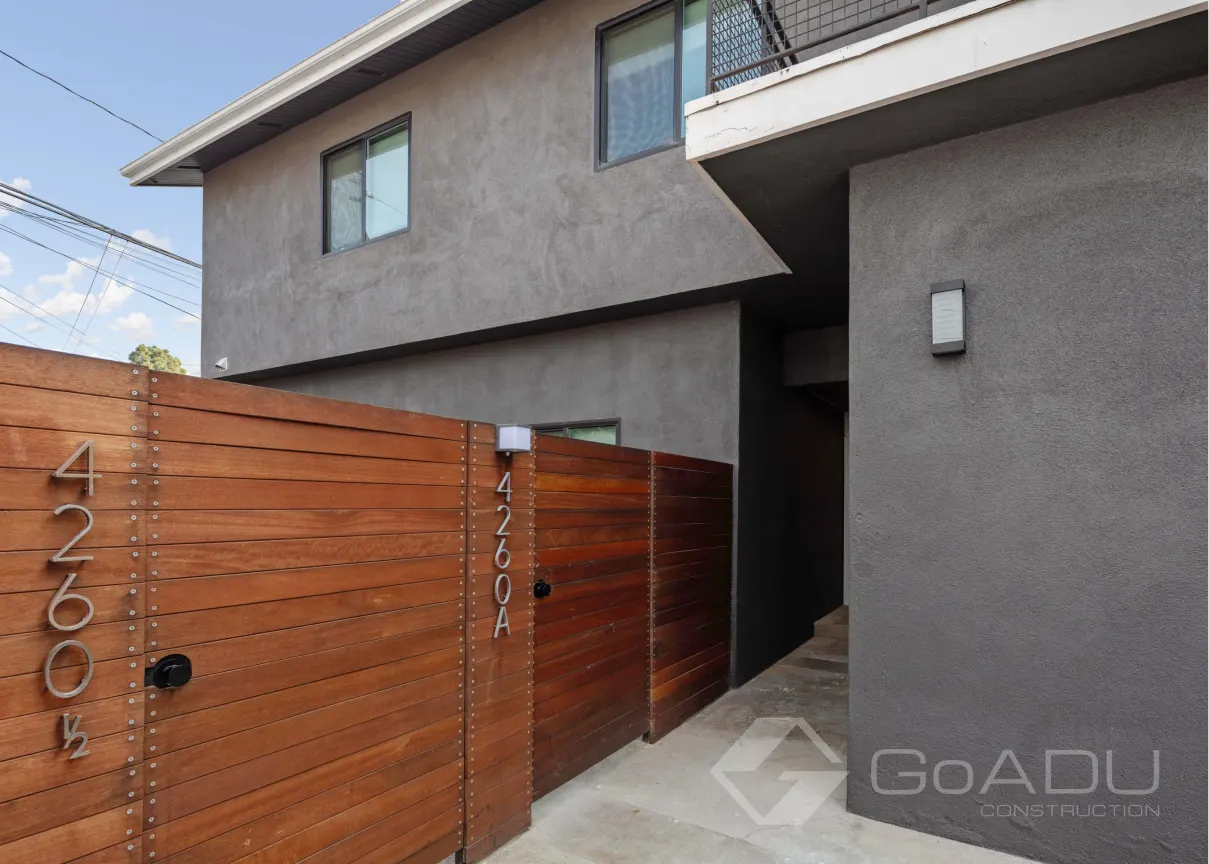Discover what you can build in the City of Santa Monica. This city guide covers essential Custom Home regulations and zoning laws to help you navigate the process and make informed decisions for your property.
You can build one Custom Home on single-family property in Santa Monica, as well as convert one existing space within the primary dwelling unit to a JCustom Home.
You can build up to two Homes on multifamily property in Santa Monica, as well as convert as many existing non-habitable spaces within the structure as feasible into additional Homes.

In Santa Monica, a detached Custom Home can be a maximum of 1,200 square feet.
In Santa Monica, an attached Custom Home can be a maximum of 1,200 square feet or 50% of the primary dwelling unit size, whichever is smaller..
In Santa Monica, A Custom Home is usually limited in height to 16 feet. However, if the Custom Home is positioned over an existing structure, like a garage, or part of a two-story structure, specific zoning rules may allow for A Custom Home of up to 25 feet tall.
Yes, you are allowed to build a 2-story Custom Home in Santa Monica, but the standard 16-foot height restriction is usually insufficient for a viable 2-story building. If zoning variances allow for a greater height limit, a 2-story Custom Home may be much more feasible.
Since only one Custom Home is allowed per single-family property in Santa Monica, it is not possible to get approval for two Homes stacked on top of each other, one on each story. For multifamily property, which allows up to two detached Homes, these Homes can be stacked on top of each other, with one on each story, but height restrictions still apply. If you don’t qualify for an exception to the standard 16-foot height limit, it will be hard to design and permit a viable two-story structure.
Since only one Custom Home is allowed per single-family property in Santa Monica, it is not possible to get approval for two Homes attached to each other. However, since you can build up to two detached Homes on multifamily property, you can get approval for two Homes detached from the main structure but attached to each other into one big structure as long as all other zoning and building rules are observed.
No, a JCustom Home by definition is built into existing space within the primary dwelling unit. It would be a contradiction in terms to have a JCustom Home attached to A Custom Home.
Yes, you are allowed to build A Custom Home with a roof deck in Santa Monica. However, keep in mind that the required safety railing will count towards the total height limit of the Custom Home. The minimum safety railing height on a roof deck in California is 42 inches.
Santa Monica requires that new Homes generally conform to the external appearance of the main dwelling unit — color, material, roof pitch, roofline, door and window style, and other general characteristics to help the Custom Home blend in with the primary dwelling unit and the rest of the neighborhood.

Santa Monica requires 4-foot rear and side setbacks for new Homes. Homes built into existing structures are exempt from setback requirements.
Homes in Santa Monica must maintain a minimum of 6 feet of separation from other structures.
No, Homes cannot be permitted for the front yard in Santa Monica.
Santa Monica allows in-person submission of building plans, but you can also submit plans online via the Santa Monica Citizen Access website.
A soils report is usually required for a new Custom Home build in Santa Monica, especially if the area is noted for groundwater issues, seismic activity, or soft soil.
Depending on the zoning, Santa Monica usually requires that properties be maintained as at least 20-35% green space and 30-50% permeability.
Plans must be submitted to the City of Santa Monica Permit Service. They must then be reviewed by a variety of departments to check for compliance with the California Building Code, zoning, fire safety, and Title 24 energy standards. The plans may be returned several times for questions, corrections, and revisions. The process takes approximately 8-10 weeks.
Santa Monica requires that residential property include at least one extra parking space per Custom Home. However, the additional parking requirement may be waived if any of the following apply:
If a new parking space is required, it can be located in the rear or side yard, or in the driveway. Tandem parking is allowed, and the parking space does not need to be covered.

Per California state law, solar panels of appropriate size and capacity are mandatory on new-construction Homes. Homes built from converted existing structures are exempt. Smaller Homes may be subject to reduced or modified solar panel requirements.
A Custom Home is not required to have a separate water or electrical meter. You can opt for the Custom Home to share service with the main dwelling unit. However, you can request separate water or electrical meters from the City of Santa Monica.
Santa Monica does not automatically assign a new Custom Home its own address. However, it may assign the Custom Home a new address if it is intended for rental or independent occupancy.
Low Impact Development (LID) is an approach to land development or redevelopment that seeks to preserve and conserve onsite water quality and natural features, with minimal detrimental effect to local waterways and ecosystems. Santa Monica may require LID fees for larger Homes.
Culver City does not allow residents to use A Custom Home as an Airbnb or short-term rental (30 days or less).
Santa Monica does not impose rent control on dwellings constructed after January 1, 1995. This means most new-build Homes are exempt. However, if the primary dwelling unit is subject to rent control, it might apply to the Custom Home as well.
While encouraging the use of electric appliances for efficiency and sustainability, Santa Monica does not prohibit gas appliances in new Homes.
In Santa Monica you are only required to install sprinklers in a new Custom Home if the primary dwelling unit has them as well. You may also be required to install them if the Custom Home is located within a special fire hazard zone.